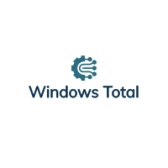If you own a Canon iPF500 Printer, you know that having the right driver is essential for optimal performance. In this article, we’ll provide a guide on downloading and installing the Canon iPF500 Driver, as well as troubleshoot common issues that may arise.
How to Automatically Install Canon iPF500 Driver with DriverFix:
DriverFix is a powerful and user-friendly tool that can help you download and install the Canon iPF500 Driver quickly and easily. All you need to do is launch the program, and it will automatically scan your system to identify any missing or outdated drivers. From there, you can select the Canon iPF500 Driver and click ‘Install’ to begin the process.
- Download DriverFix:
- Run the downloaded installer and follow the prompts to install DriverFix on your computer.
- Once DriverFix is installed, launch the software and click on the “Scan” button to scan your system for outdated or missing drivers.
- After the scan is complete, DriverFix will display a list of drivers that need to be updated.
- Find the Canon iPF500 Driver in the list and click on the “Update All Drivers Now” button.
- DriverFix will now download and install the latest version of the Canon iPF500 Driver on your computer.
- Once the installation is complete, restart your computer to apply the changes.
- That’s it! You should now have the Canon iPF500 Driver installed and working properly on your computer.
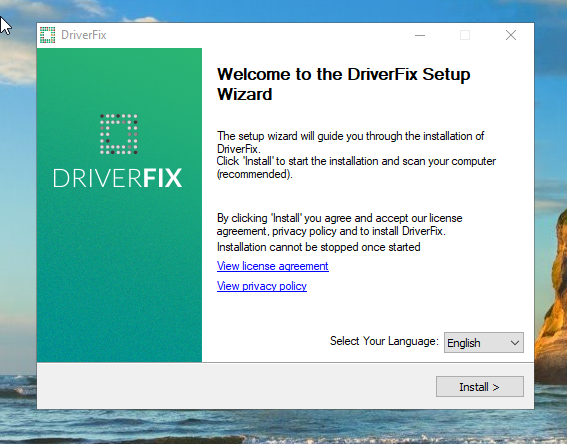
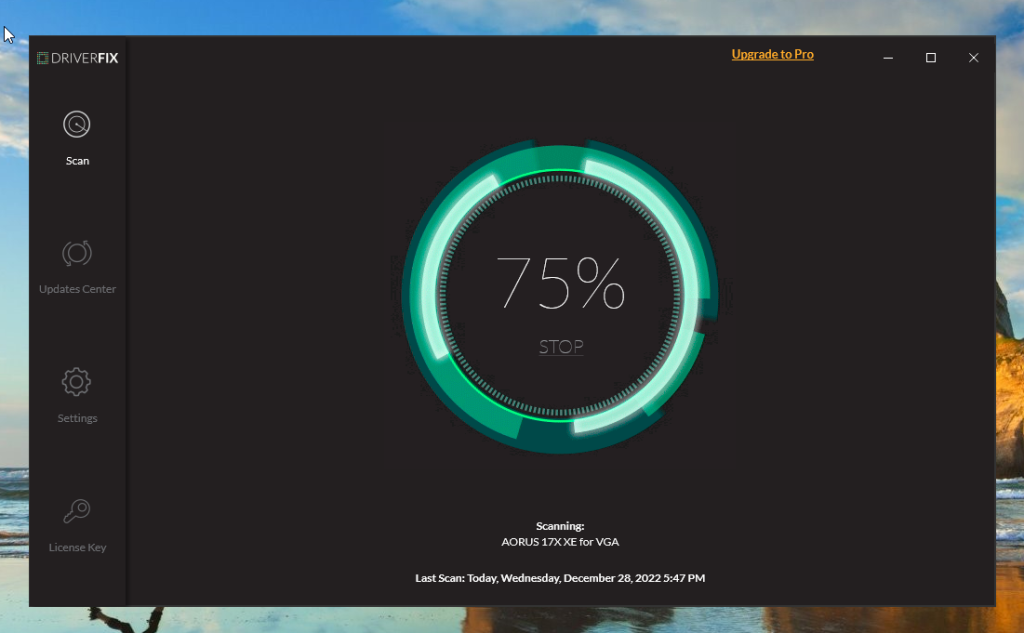
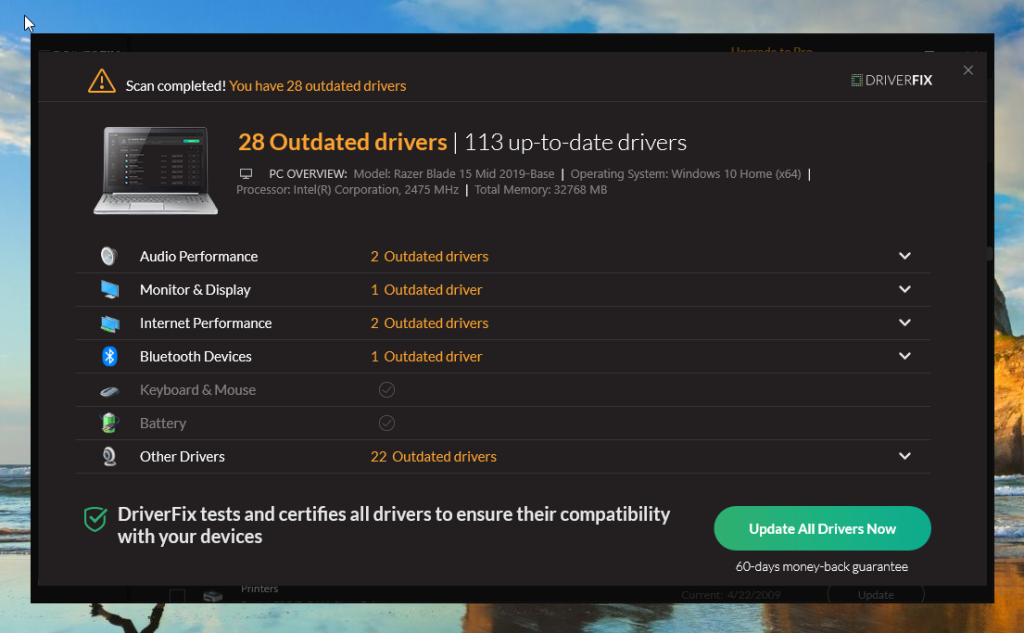
How to Manually Install Canon iPF500 Driver with Windows Update
Windows Update is a built-in feature of the Windows operating system that allows you to download and install the latest drivers for your devices easily. To use it to install the Canon iPF500 Driver, simply open the Start menu, search for ‘Windows Update’, and click on the relevant result. From there, you can follow the on-screen prompts to check for updates and install the Canon iPF500 Driver.
- Press the Windows key + R on your keyboard to open the Run dialog box.
- Type “devmgmt.msc” into the Run dialog box, and press Enter to open the Device Manager.
- In the Device Manager, find the Canon iPF500 Printer device under the “Printer” or “Other devices” section.
- Right-click on the device and select “Update driver” from the context menu.
- In the Update Driver Software window, select “Search automatically for updated driver software.”
- Windows will now search online for the latest version of the Canon iPF500 Driver and install it on your computer.
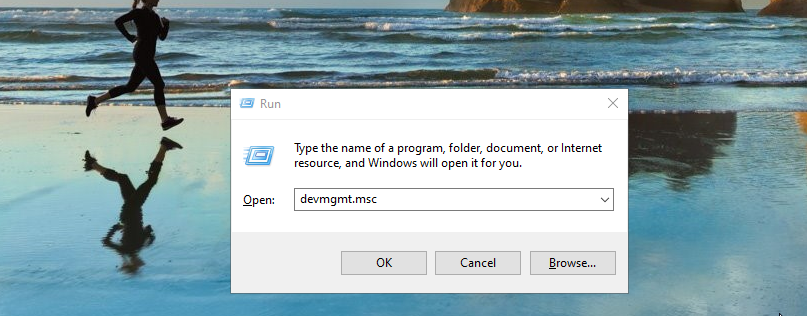

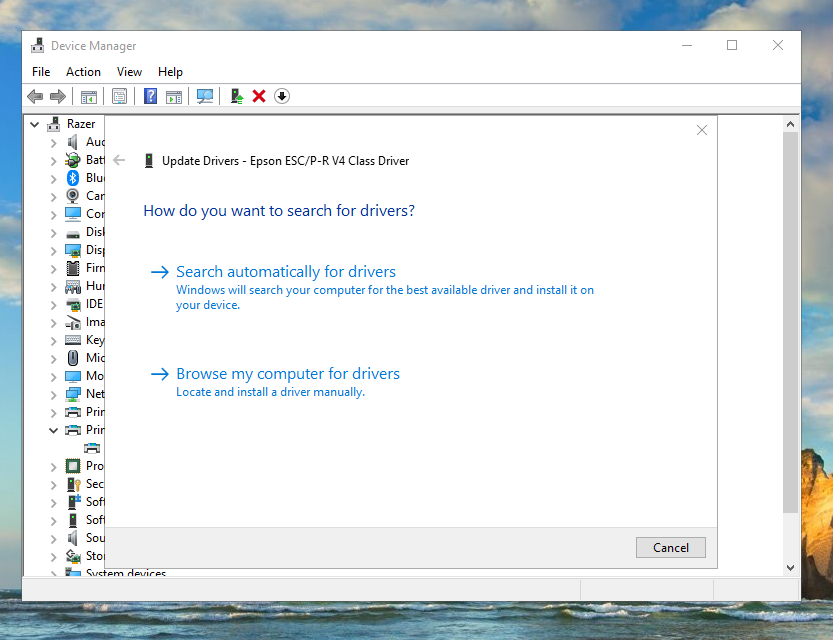
How to Manually Install Canon iPF500 Driver with Device Manager
If you want a simple and hassle-free way to install the Canon iPF500 Driver, Device Manager is a great option. The program has an extensive database of drivers and an intuitive interface, making the process straightforward. Plus, it’s fast and reliable, so your printer can work smoothly in no time.
- Press the Windows key + R on your keyboard to open the Run dialog box.
- Type “devmgmt.msc” into the Run dialog box, and press Enter to open the Device Manager.
- In the Device Manager, find the Brother MFC-4820C USB Printer device under the “Printer” or “Other devices” section.
- Right-click on the device and select “Update driver” from the context menu.
- Select “Browse my computer for driver software” in the Update Driver Software window.
- Click on the “Browse” button and navigate to the location where you have saved the Brother MFC-4820C USB Printer Driver file on your computer.
- Select the driver file and click “Open” to select it.
- Click “Next” to begin the installation process.
- Follow the prompts to install the Brother MFC-4820C USB Printer Driver on your computer.


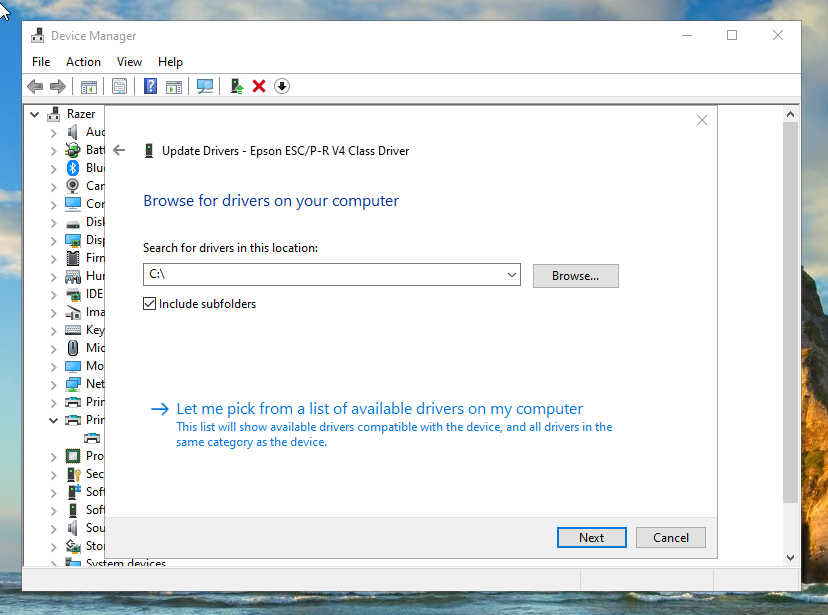
Summing Up: How to Get the Most Out of Your {Device}
To summarize, the Canon iPF500 Driver is a crucial component for ensuring that your printer is functioning properly. By following the steps outlined in this article, you can easily download and install the driver using various methods, including DriverFix, Windows Update, or Device Manager. Whether you’re setting up a new printer or troubleshooting an existing one, it’s essential to keep the driver up to date and properly configured to get the best performance possible.
